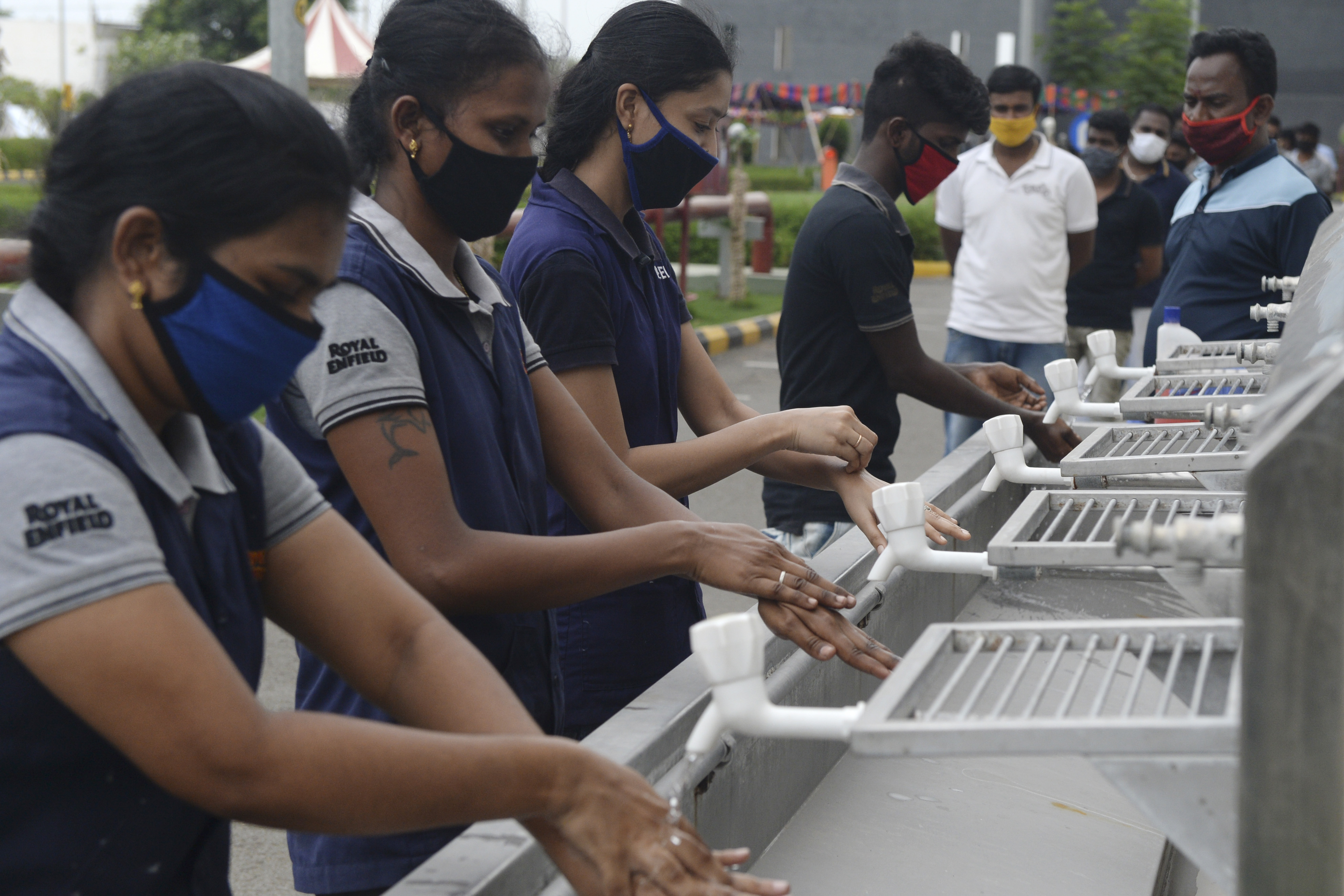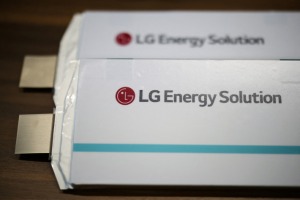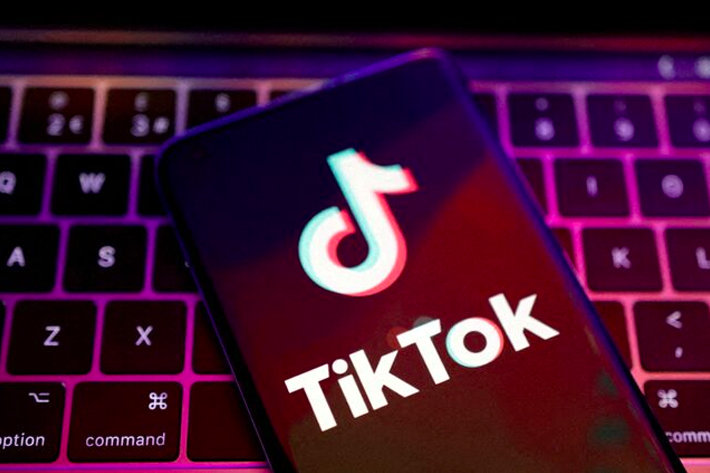(ATF) The Covid-19 crisis has led to central banks around the world easing interest rates to all-time lows and unprecedented liquidity injections to restore order in financial markets. This excess liquidity has intuitively found its way to the Emerging Markets (EM), given their relatively higher yields and improved external balances.
India stands to benefit as one of the favoured Emerging Markets, given its large consumption-driven economy under a stable political regime and large foreign reserves.
Last month, we witnessed a watershed moment with the US Federal Reserve charting a new course in its monetary policy, signalling an appetite to allow inflation to move above 2%, in order to reach a long-term inflation average of 2%. To put things in context, over the past 12 years, the Fed could hit its 2% inflation target only for a brief period of 2 months, so the revised strategy implies very low interest rates for a prolonged period. Whether the inflation objective is achieved or not will have to be seen, however, given Japan’s experience of remaining in a liquidity trap for two decades, we can safely assume it will take a while before inflation becomes a problem in the United States.
An opportunity for India
With global liquidity expected to remain available for the medium term, this is an opportune time for India to target a lion’s share by attracting foreign capital at attractive rates. Even the USD/INR hedging costs, as measured in terms of MIFOR, have reduced by ~1% since before the pandemic.
Among the international (USD/EUR/JPY) liquidity pools available, Debt Capital Markets (DCM) offer the deepest appetite, covering corporates across the ratings spectrum, as well as providing longer tenors funding (10/20/30years/Perpetual) – all available at a price. Indian corporates availing of these capital inflows (External Commercial Borrowings – ECBs) are subject to Reserve Bank of India (RBI) regulations on financing mechanisms (loans, bonds), tenors, pricing, permissible end-use, and the typical deal size has been about US$200m or higher, as investors seek liquidity in secondary markets.
The RBI guidelines on ECBs, prescribe a pricing cap of 450 bps over 6 months Libor (L), which, prior to the pandemic, was adequate. Given the deteriorating credit curve across corporates since the pandemic, this regulatory pricing cap has challenged the international fundraising capability of Indian corporates – especially the high-yield bond issuers. This is due to the decline in Libor rates by ~175bps over the last year, in effect reducing the “absolute pricing cap” by an equal amount.
As late as in February 2020, a BB-rated Indian corporate could access the USD bond market within an absolute pricing cap of ~5.75-6.0% (L + 4.5%), which in today’s market would be severally constrained as the absolute pricing cap has reduced to sub 5.0% levels with the six-month Libor plummeting to a 0.27-0.35% range. Add the extremely challenging macro environment to the mix and you find corporates staring at refinancing risks, increased borrowing costs or curtailed capex plans. While several corporates have the ability to pay higher premiums to tide through the pandemic, they are restricted within the ECB absolute pricing cap, which doesn’t meet the risk-returns threshold of global investors who then prefer other Emerging Markets over India with fewer constraints and higher returns.
Another source of international capital is the traditional offshore bank market, which can accommodate lower quantum, and is freely pre-payable and doesn’t need an international rating.
However, the typical tenor for such bank financings ranges between 3-5 years and is extremely sensitive to the credit curve – i.e. they prefer large corporates with a proven track record. These loans come with comprehensive terms and covenants – dictated by the bank’s risk appetite, and the sweet spot maturity of up to five years doesn’t qualify within the ECB regulatory end-use restrictions of working capital, general corporate or refinancing of INR loans where the mandatory tenors are 7-10 years. While these banks are flush with liquidity, the current risk-off mode has impacted sectors which need it most, such as travel and leisure, retail, steel, etc, and their appetite (across primary and secondary) is yet to see an uptick.
Trade solutions
For corporates in sectors which are perceived to be high risk by the bank market or for smaller sized corporates, trade solutions can help by pivoting the credit risk to their larger trade counter-parties and provide funding for working capital left unaddressed by reason of the Indian ECB end use prescription. Export Advance / Pre-payment structures, Receivables Finance, Supply Chain Finance, etc, meet a spectrum of these objectives from reducing the cash conversion cycle and supporting payments to suppliers.
Focusing on the domestic Indian market (INR), prevalent rates have seen sharp decline here as well, on the basis of Government / RBI intervention in providing liquidity support consistently since March 2020. Indian bond markets are also an attractive source of domestic liquidity and the 5-year AA-rated curve has declined by 150bps over the last year. In fact, if one were to compare apples to apples, a 3-year INR bond at 7% annual coupon would swap into USD 6-month Libor + 1.82%, a much more attractive rate than raising USD capital directly.
It is pertinent that although the significant part of the credit lending in India is from Public Sector Banks, they have the challenge of capital constraints as a result of rising NPAs and their appetite has naturally also gravitated toward top credit corporates. Recent equity raising by domestic banks will help shore up their Tier-1 capital, thus enabling them to deploy more assets.
In order to address the domestic liquidity issues, we have seen a plethora of measures undertaken by RBI and the Indian Ministry of Finance through various schemes, such as TLTROs.
Emergency Credit Line Guarantee Scheme
The Indian government has launched the Emergency Credit Line Guarantee Scheme (ECLGS), which provides immediate long-term (up to 4 years) liquidity to MSMEs (Micro, Small & Medium Enterprises) that are arguably, one of the most impacted segments. The ECLGS provides 100% guarantee cover on loans provided to MSMEs, thereby upgrading their credit to quasi-sovereign risk and has seen significant participation from domestic lenders in providing INR liquidity to these MSMEs. With clarity that the guarantee would extend to covered loans that have been securitised, capital markets could provide additional liquidity and credit support of about US$10-bn which would further support the MSME segment.
Green shoots are visible in these turbulent times, led by the strong equity inflows into India and large foreign direct investments (FDI), as the global credit markets have stabilised to an extent.
However, with global interest rates expected to stay at relatively lower levels for quite some time, it needs to be seen whether RBI will consider further relaxation on the ECB pricing cap, tenor and the end-use terms. Continued swift and coordinated action by regulators, the government and the banking industry will reinforce and protect and sustain India’s position as a leading market that attracts abundant global capital.
# By Taranjit Jaswal, head of Corporate Banking at Barclays Bank India. The views expressed here are personal.

























